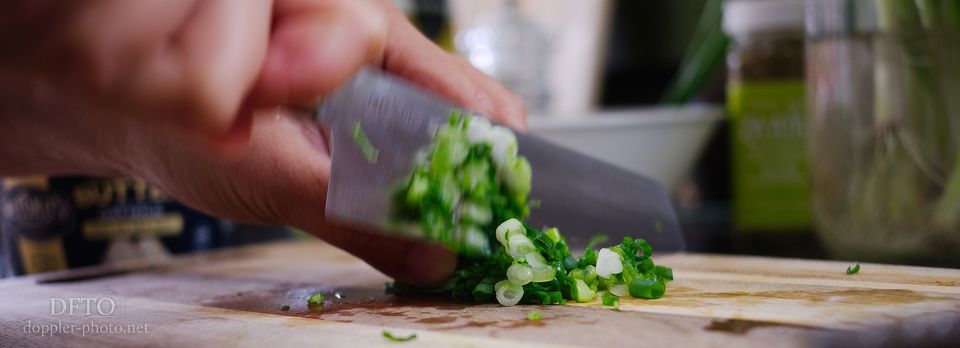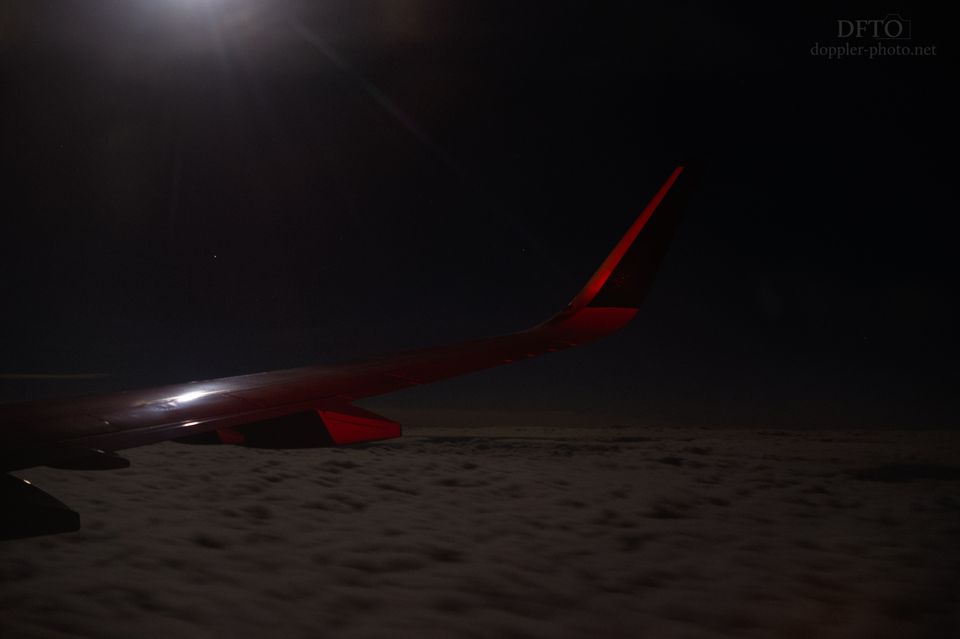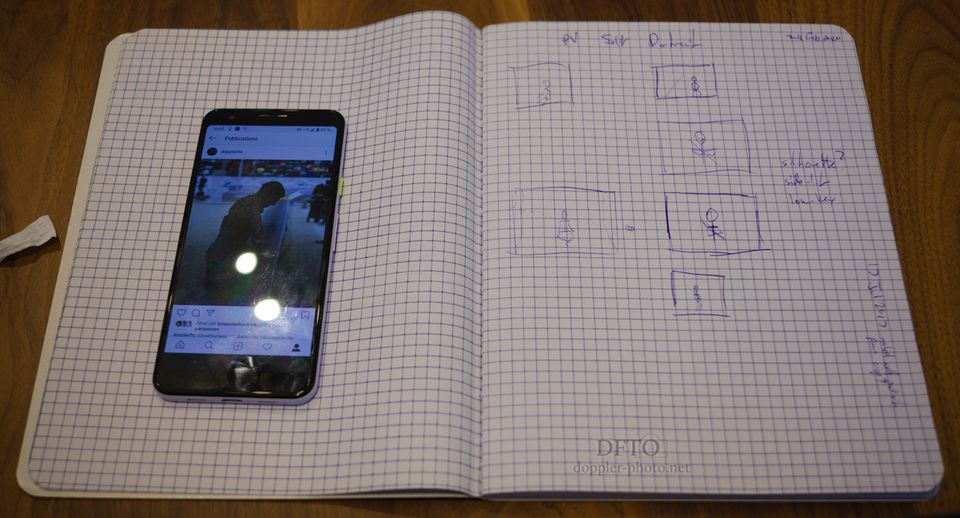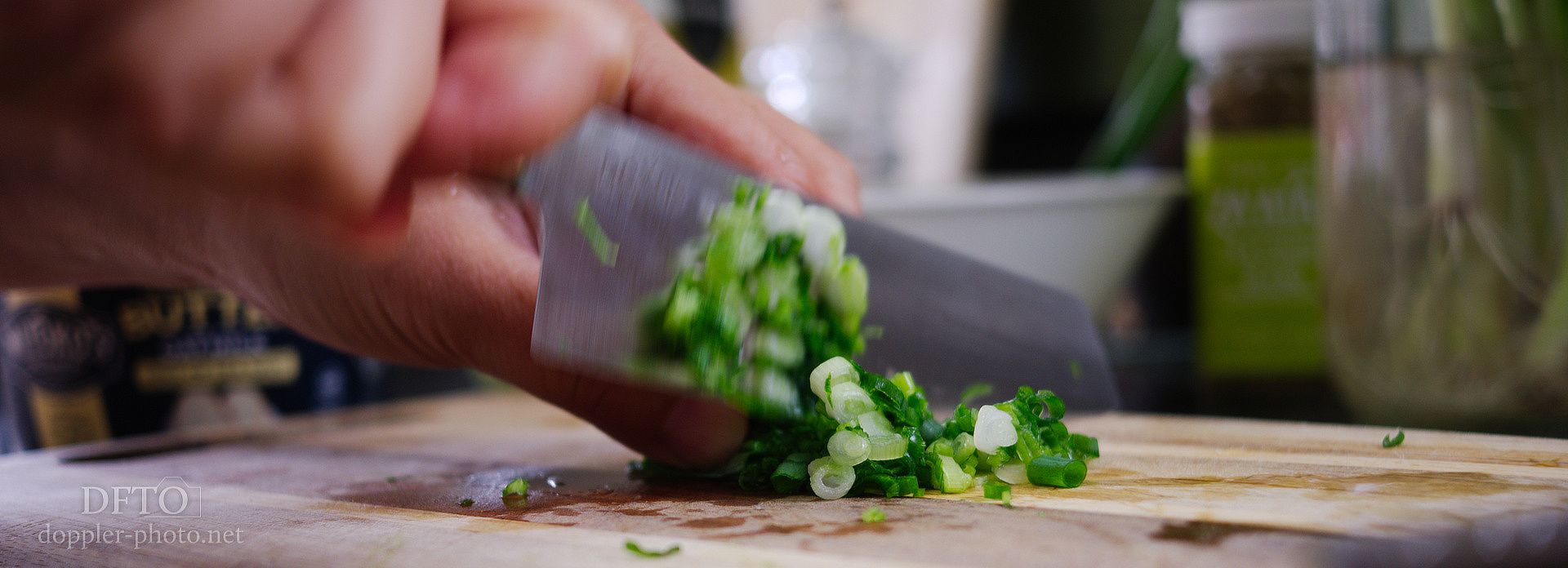
As Bay Area restaurants started to re-open for delivery service last year, I had the idea to work with local restaurants to capture new food imagery that was more relevant to the pandemic experience — a lot more food in containers, and a lot less food on commercial service dishware. The project never really got off the ground, for a variety of reasons, but my market research started to raise a few interesting questions about the field, and about myself.
The moment you put the terms "food" and "photography" together, it seems like the vast majority of what comes up are pictures of finished food items. And all of the "how-to" content I found was exclusively focused on that perspective — here's how you style food better. Here's how you light food better. Try these angles or techniques for better pictures of your food. And so on…
But having shot in friends' kitchens on dozens of occasions, as well as a few stints covering a commercial kitchen, I know that my own approach has always focused on preparation, not consumption. The stories that I tell hew more towards what it's like to cook, instead of what it's like to be cooked for. What it's like to create, rather than just what it's like to consume.
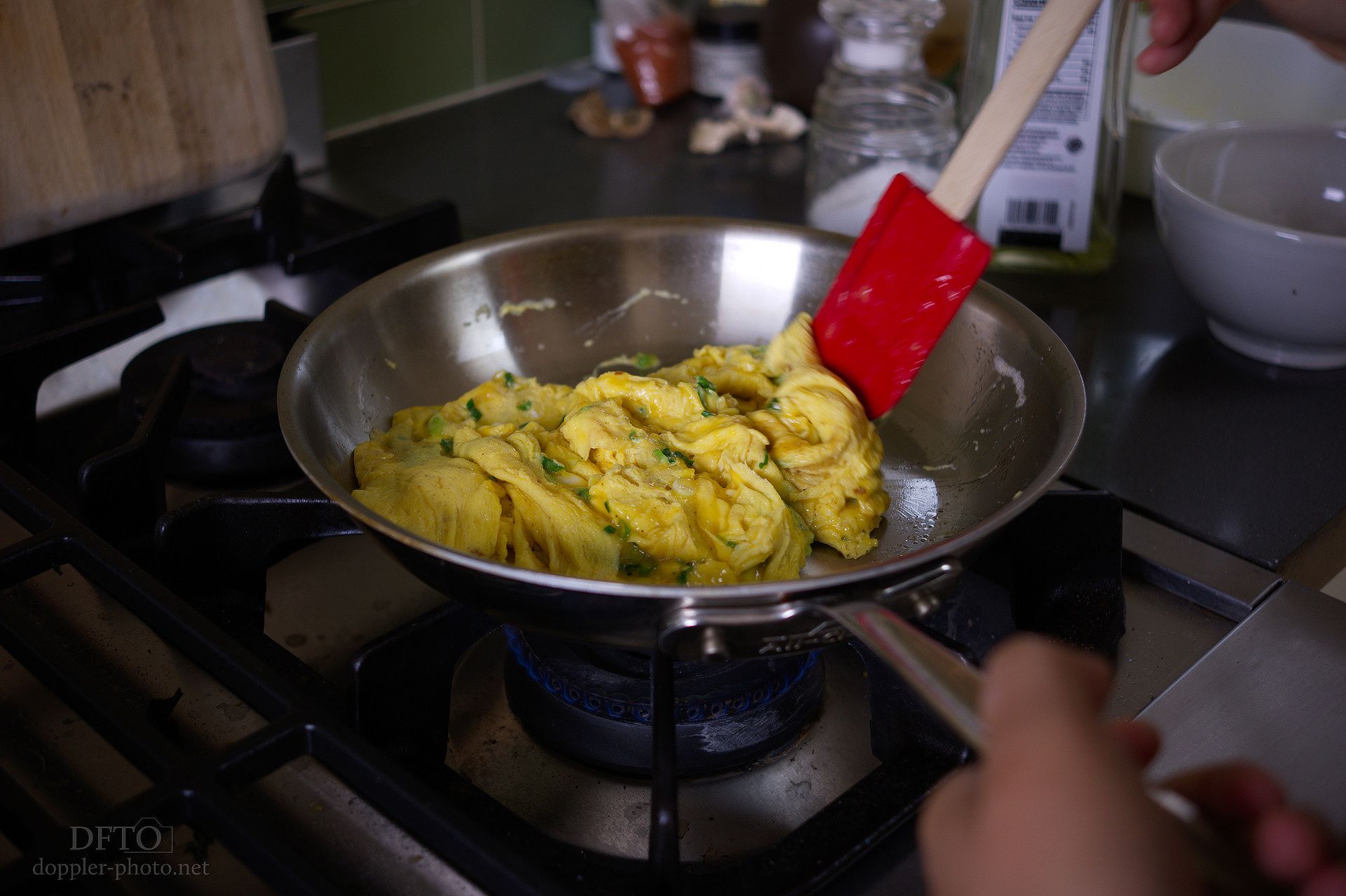
But the moment you put "food" and "videography" together, the script flips.
Suddenly the preparation is automatically the focus. Eggs crack. Ingredients pour. Pans toss. Food doesn't just sit; it sizzles…
It occurred to me that my approach to food photography is more akin to a videographer than a photographer.

Just like I mentioned in "When NASCAR felt like home again," it's always a peculiar feeling to discover unexpected contexts that feel like "home." But, I mean, the shoe seemed to fit: When I show preparation, my focus is on motion, not just stillness. It's on the small details that show you the experience and skill that help a person to cook well. I try to show the movements that become second-nature, but that are often so hard to teach.
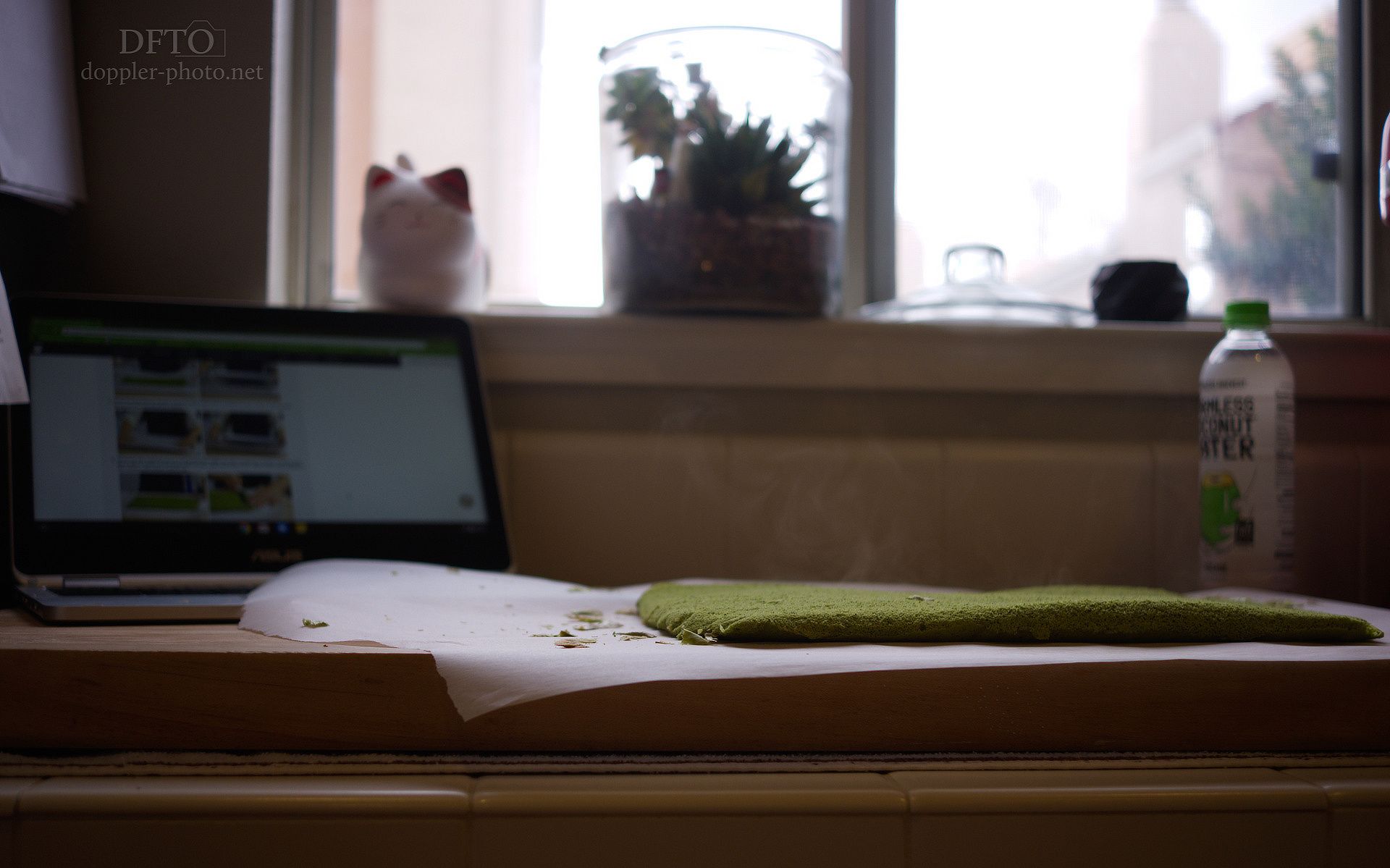
Even the "static" shots that I capture tend to imply motion and context. In video, movement is the norm. Stillness, the exception. Likewise with how I approach photography — the purpose of a "still" shot isn't to show or embody stillness, so much as to emphasize motion.
And the purpose of an isolated food shot isn't to show the food, so much as to imply the presence of the person who made it, and the process by which it was made.

Most importantly, I typically aspire to share stories, not just isolated snapshots. For me, what I want to show in a frame isn't just objects — whether delicious or not. But rather, I want to show the characters behind those objects. Their aspirations and frustrations. Their history and future. Their personality and style.
My food photos are about people more than they're about food.
So imagine my bewilderment when 10 minutes into my research for this post, I found a videographer teaching so many aspects of my own approach. It was at once comforting and unsettling…
https://www.youtube.com/watch?v=LbAmzc0sb6w
https://www.youtube.com/watch?v=zselTkZciUk
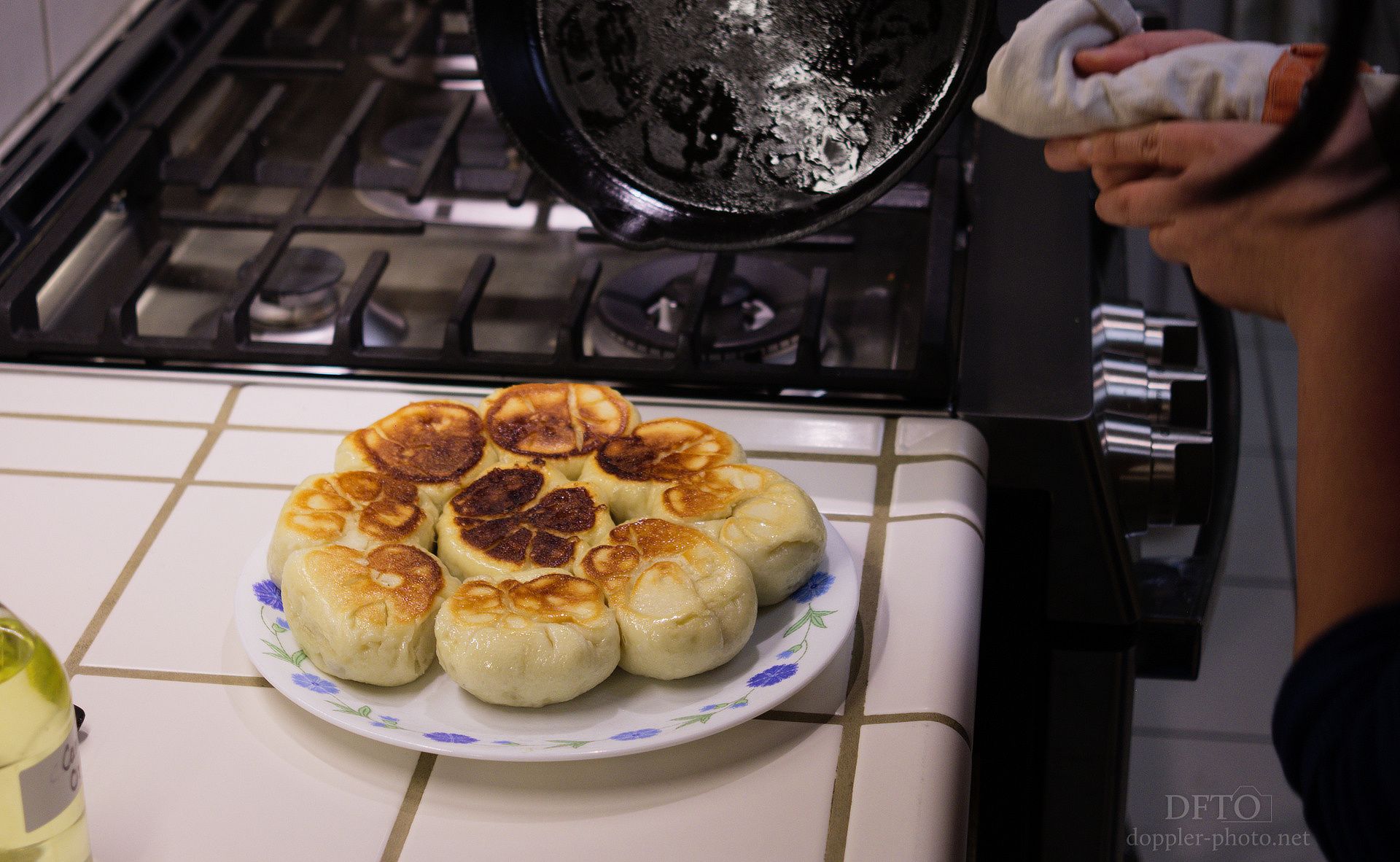
So, I mean, the next question is "why?" Why is my perspective on the food world shared by so many videographers, but so few photographers? Does that imply anything about my work?
The short answer is that I don't know. But I think the even more fundamental (if somewhat leading) question is: what is it about video as a medium that encourages my style of work, and does that imply anything about how I could make my work more meaningful or more accessible? What lessons can I bring from the video world back into my photography?
For now, I think I'll keep that as some food for thought.

